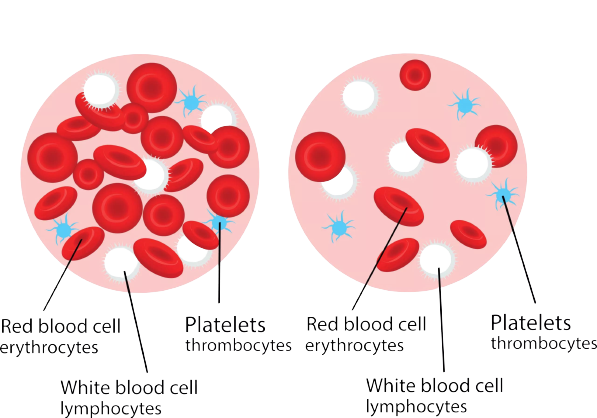
Individuals with diets lacking iron-rich foods are at significant risk. Iron from animal sources, known as heme iron, is more readily absorbed by the body than non-heme iron found in plant-based foods. Therefore, vegetarians and vegans must be especially mindful of including alternative sources of iron, like lentils, tofu, and fortified cereals, in their diets.
Certain chronic conditions disrupt the body's iron absorption and utilization mechanisms. Inflammatory disorders like Crohn's disease and rheumatoid arthritis, as well as celiac disease, damage the intestines, hindering proper iron absorption. Gastrointestinal disorders, such as gastric ulcers or gastritis, can lead to chronic blood loss, further depleting iron levels.
Any form of bleeding, whether internal or external, can deplete the body's iron stores. Conditions like ulcers, colon polyps, or gastrointestinal bleeding disorders can result in chronic blood loss. Additionally, women with heavy menstrual periods and individuals experiencing frequent nosebleeds or gastrointestinal bleeding are at risk of developing IDA.
Persistent tiredness and weakness, even with adequate rest.
A noticeably paler complexion due to reduced red blood cell production.
Difficulty in breathing and increased heart rate, especially during physical activities.
Insufficient oxygen supply due to low hemoglobin levels strains the heart, potentially leading to irregular heartbeats, palpitations, or, in severe cases, heart failure.
Inadequate oxygenation affects brain function, causing difficulties in concentration, memory loss, and impaired cognitive abilities, significantly impacting overall quality of life.
IDA in children hampers growth and development, leading to delayed milestones, learning difficulties, and increased susceptibility to infections, hindering their full potential.
Pregnant women with IDA face higher risks of preterm birth, low birth weight, and maternal mortality. Iron deficiency during pregnancy can also impact fetal brain development, potentially affecting the child's long-term cognitive abilities.
Effectively managing Iron Deficiency Anemia (IDA) involves a multifaceted approach aimed at both treatment and prevention: